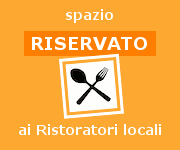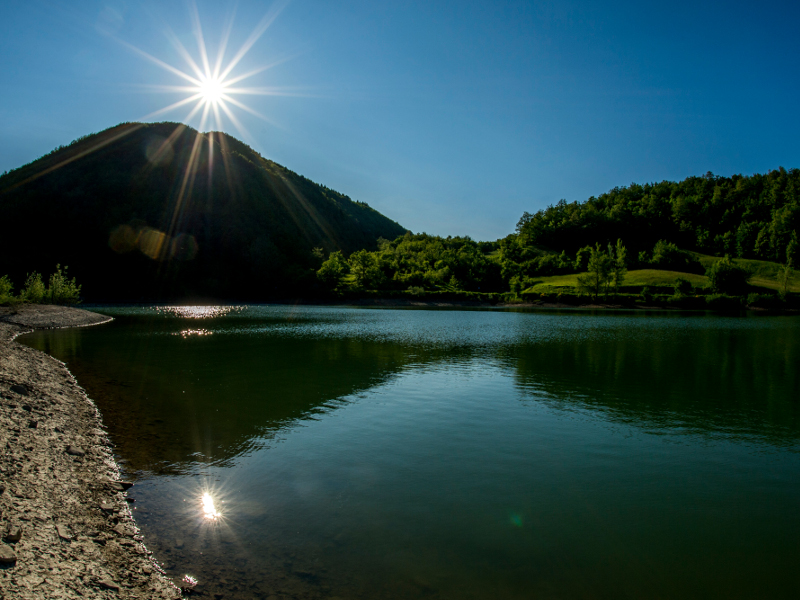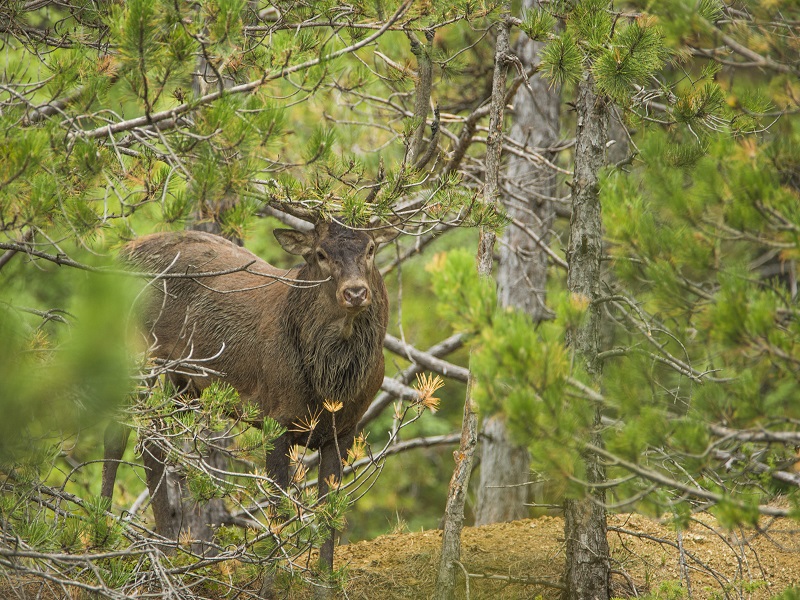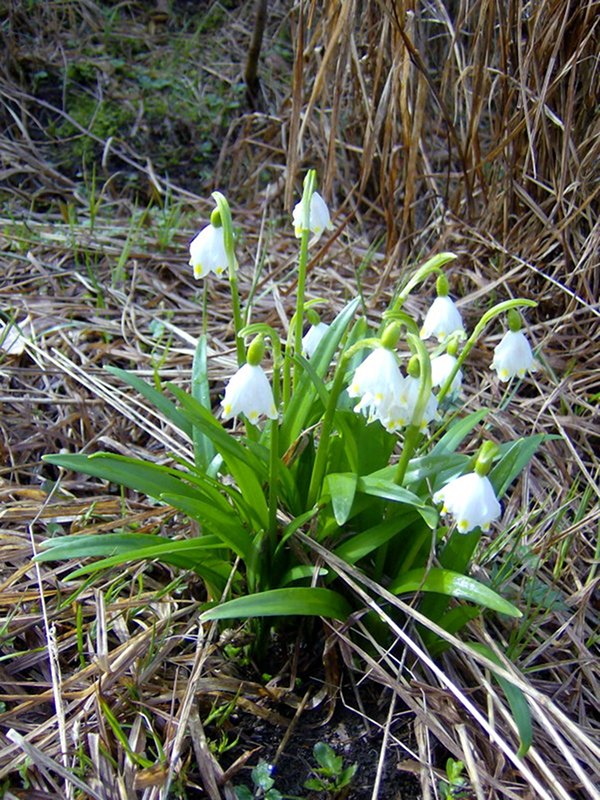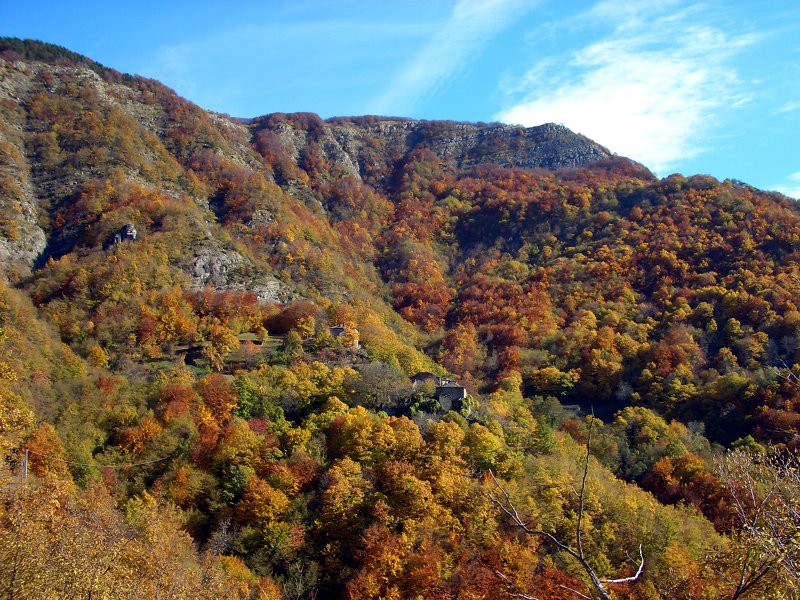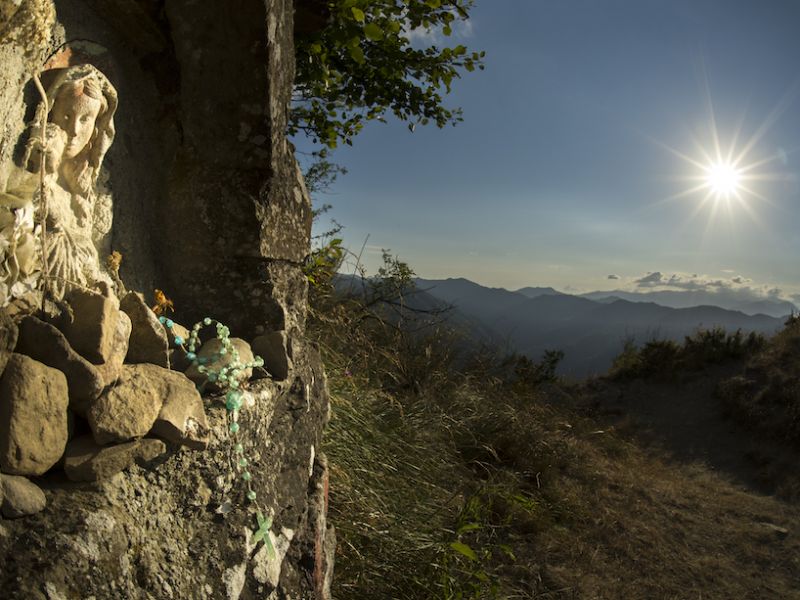Parco Regionale dei Laghi di Suviana e Brasimone
enteparchi.bo.itProtected Area
Identity Card
- Land Surface Area: 3'329.89 ha
- Regions: Emilia Romagna
- Provinces: Bologna
- Municipalities: Camugnano, Castel di Casio, Castiglione dei Pepoli
- Establishment Measures: LR 38 14/04/1995
- PA Official List: EUAP0961
Protected Area
The protected area encompasses the territory between the two artificial basins, Lake Suviana (at 465 m a.s.l.) and Lake Brasimone (at 845 m a.s.l.). Its southern boundary coincides with the Tuscan border, where it follows the Brasimone watershed. Mount Calvi (1283 m a.s.l.), the highest peak in the park, is located on the ridge separating the two large bodies of water.
Fauna
Among the mammals, the most representative species is without a doubt the red deer, which came back to live in these mountains some decades ago. Another ungulate, the wild boar, is rather common: it leaves almost everywhere the unmistakable traces of its passage, like holes in the ground (grubbing), trails, and mud baths. The roe deer is rarer and shy, and is mainly linked to shrub formations and thick coppice woodlands, where it crops buds and soft leaves.
Flora and Vegetation
Over half of the Park territory lies above the 700 meters of altitude, and the woodland covers the 80% of it. The latter mainly consists of beech tree, as a matter of fact the 34% of the forest surface area is represented by this species.
Geomorphology
The geological structure of the Park mountains can be read by observing, from one of the panoramic points offered by the highest summits, orography and landscape. The border between rocks of different nature appears with clear morphological passages corresponding to considerable changes in the general landscape layout.
History
A particular feature of the Park is represented by the two artificial lakes of Suviana and Brasimone; the former, with a capacity of 46 million cubic meters, was built between 1928 and 1932 according to the plan by the engineers Francesco Pelagatti and Luigi Mirone; the latter, with a capacity of 6.6 million cubic meters, was built between 1910 and 1911 according to the plan by the engineer Angelo Omodeo.


